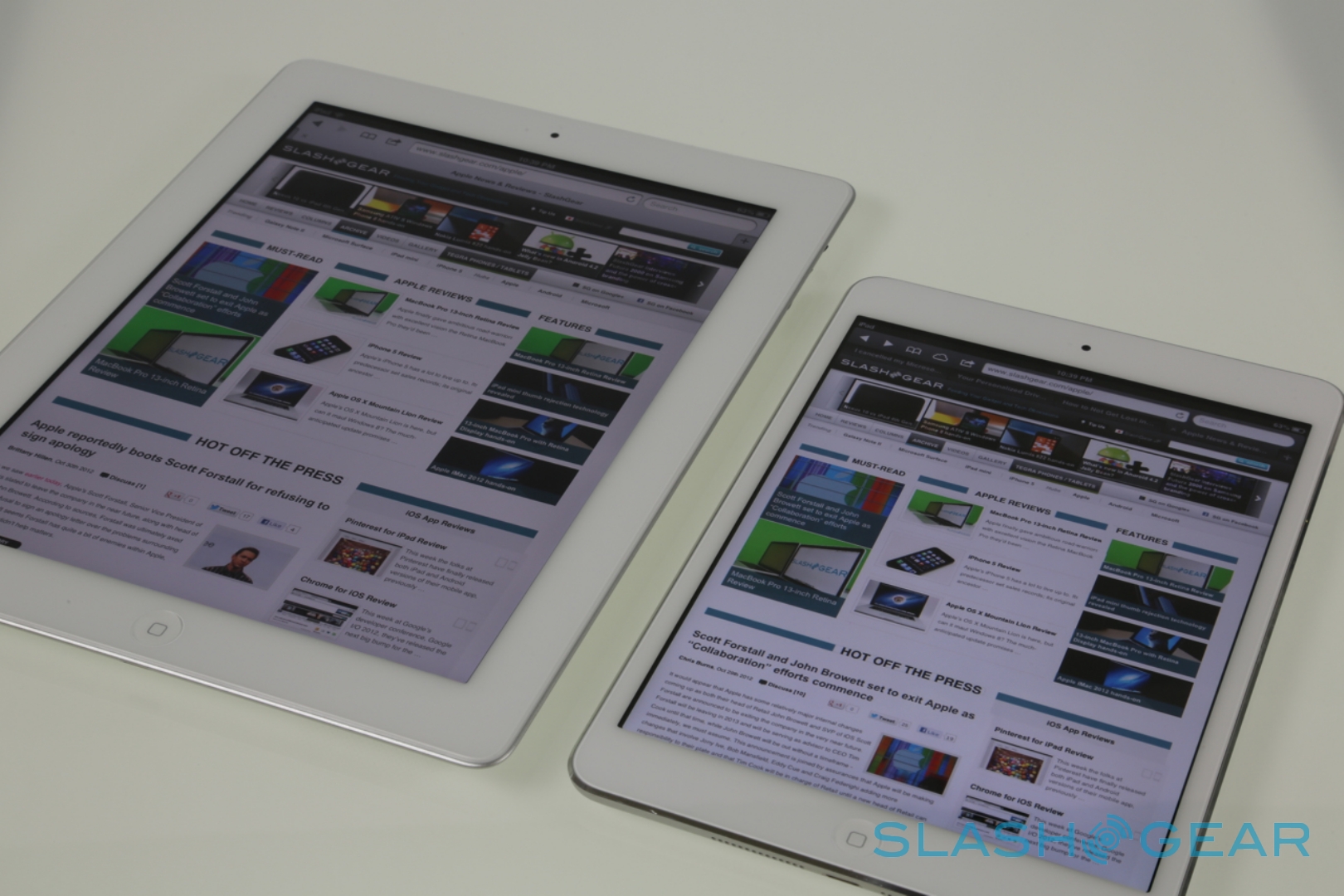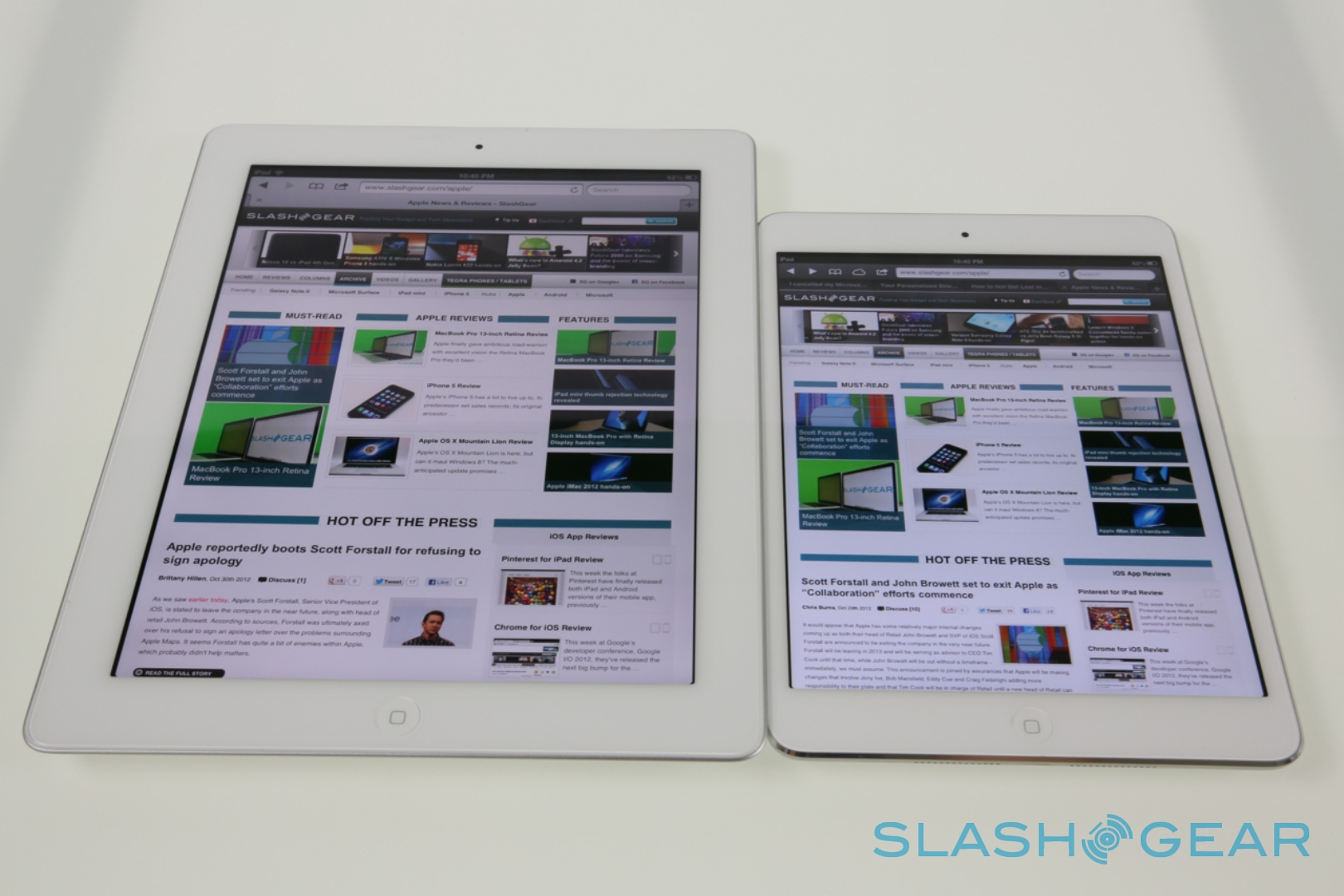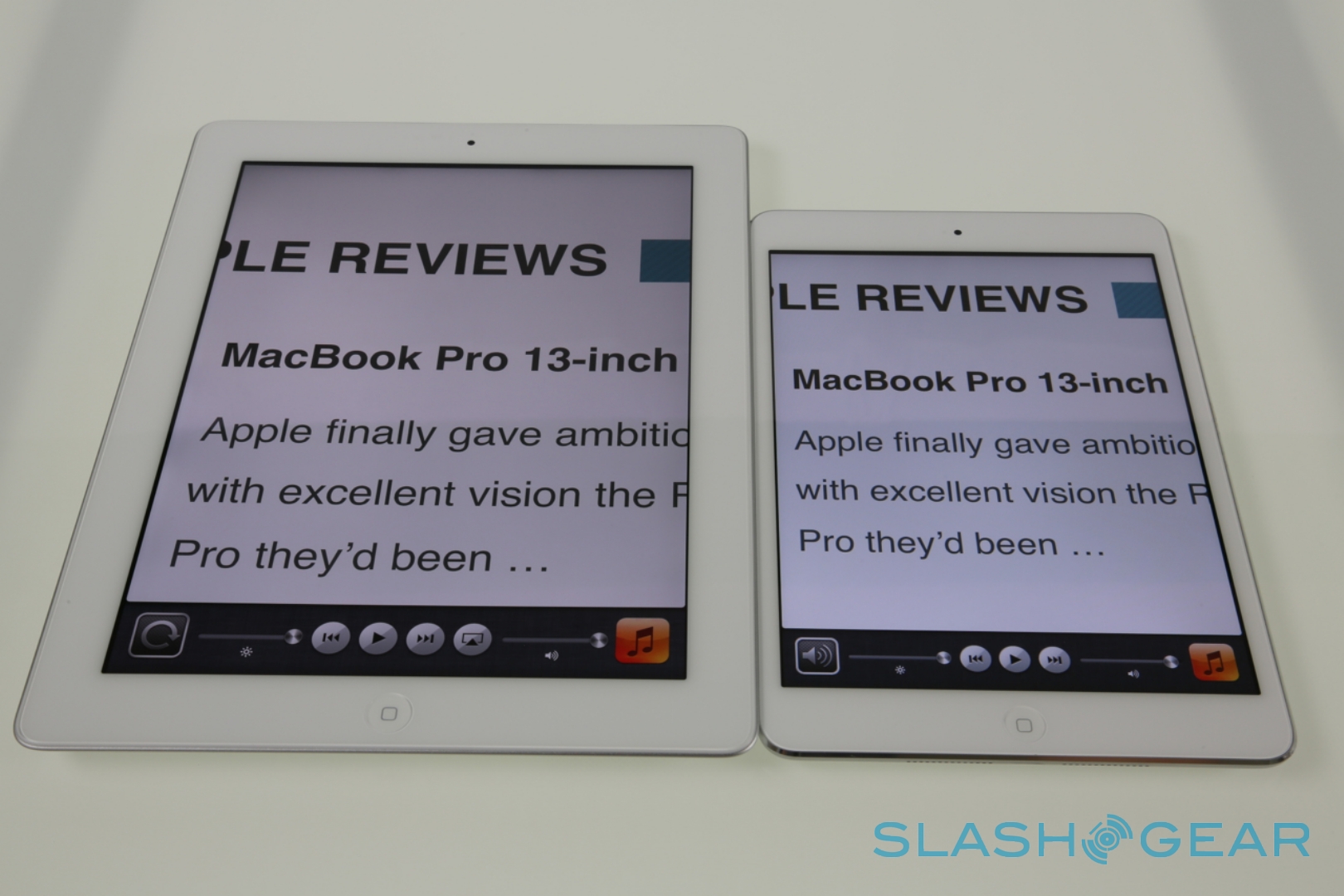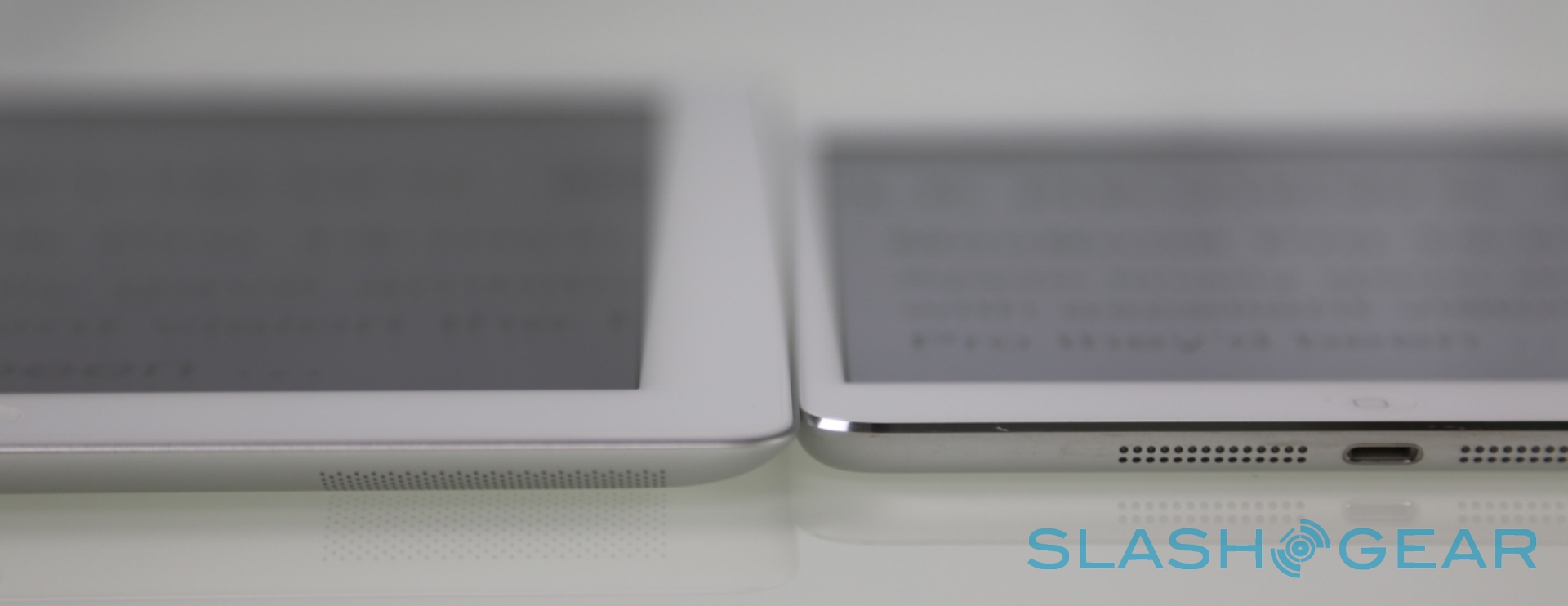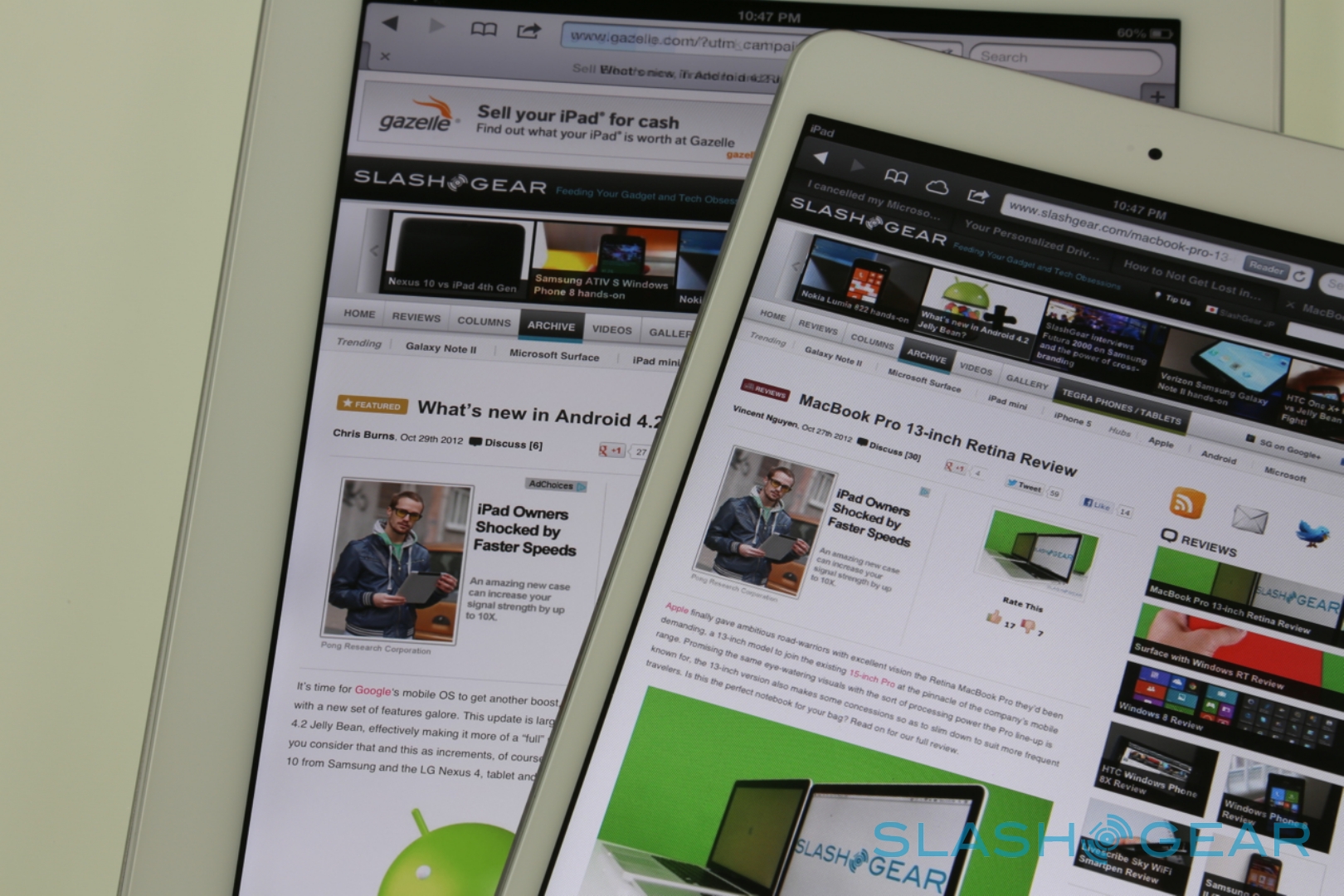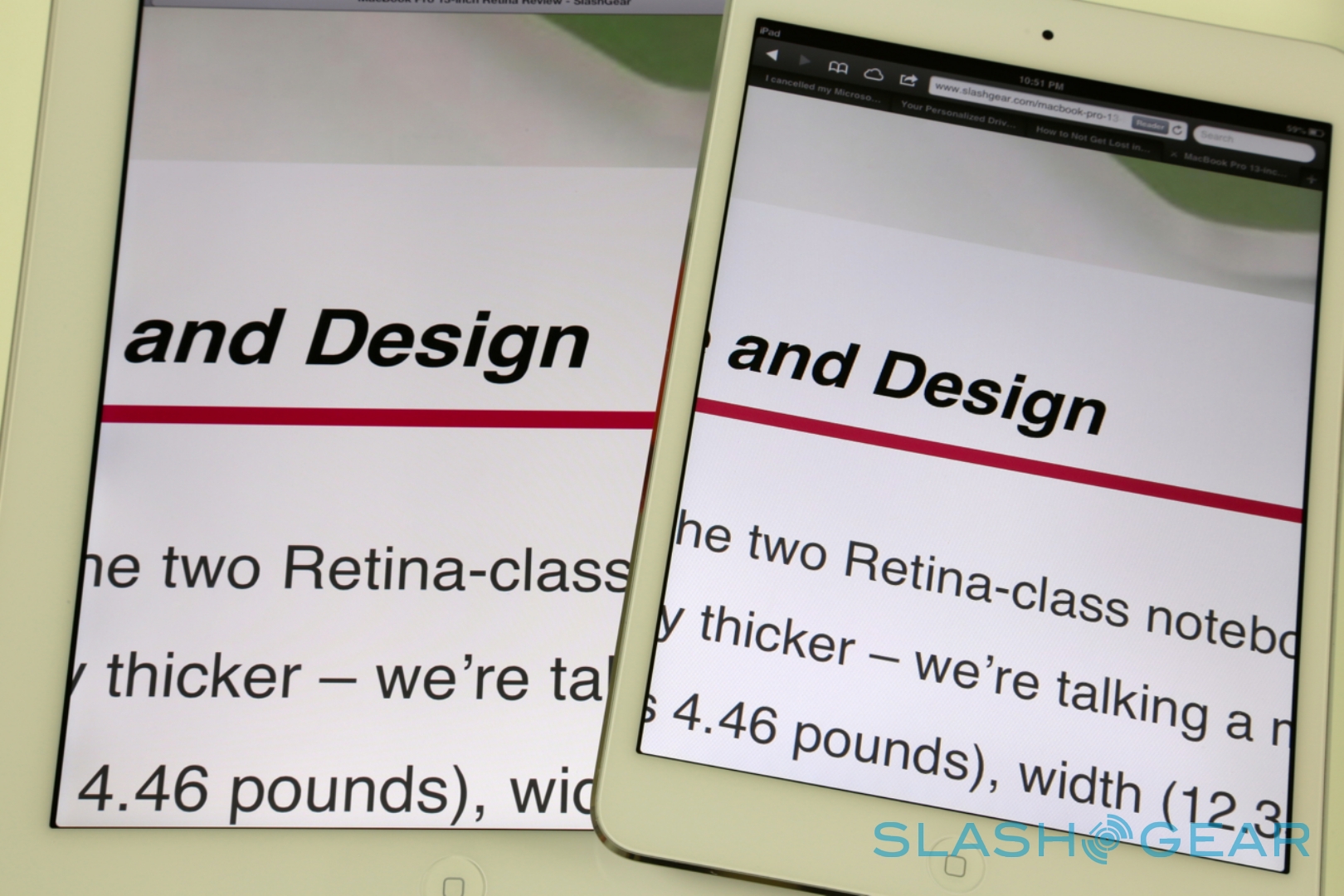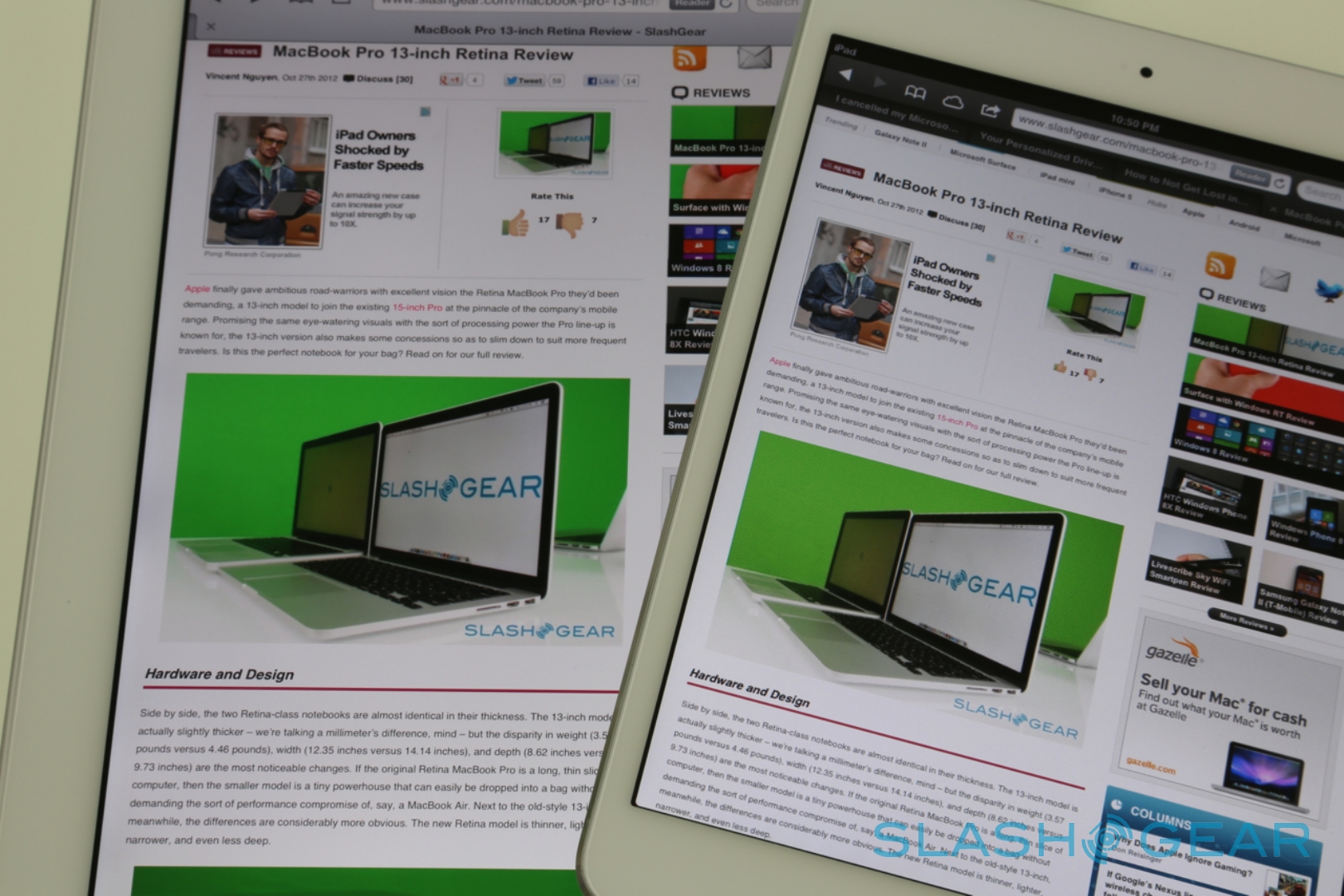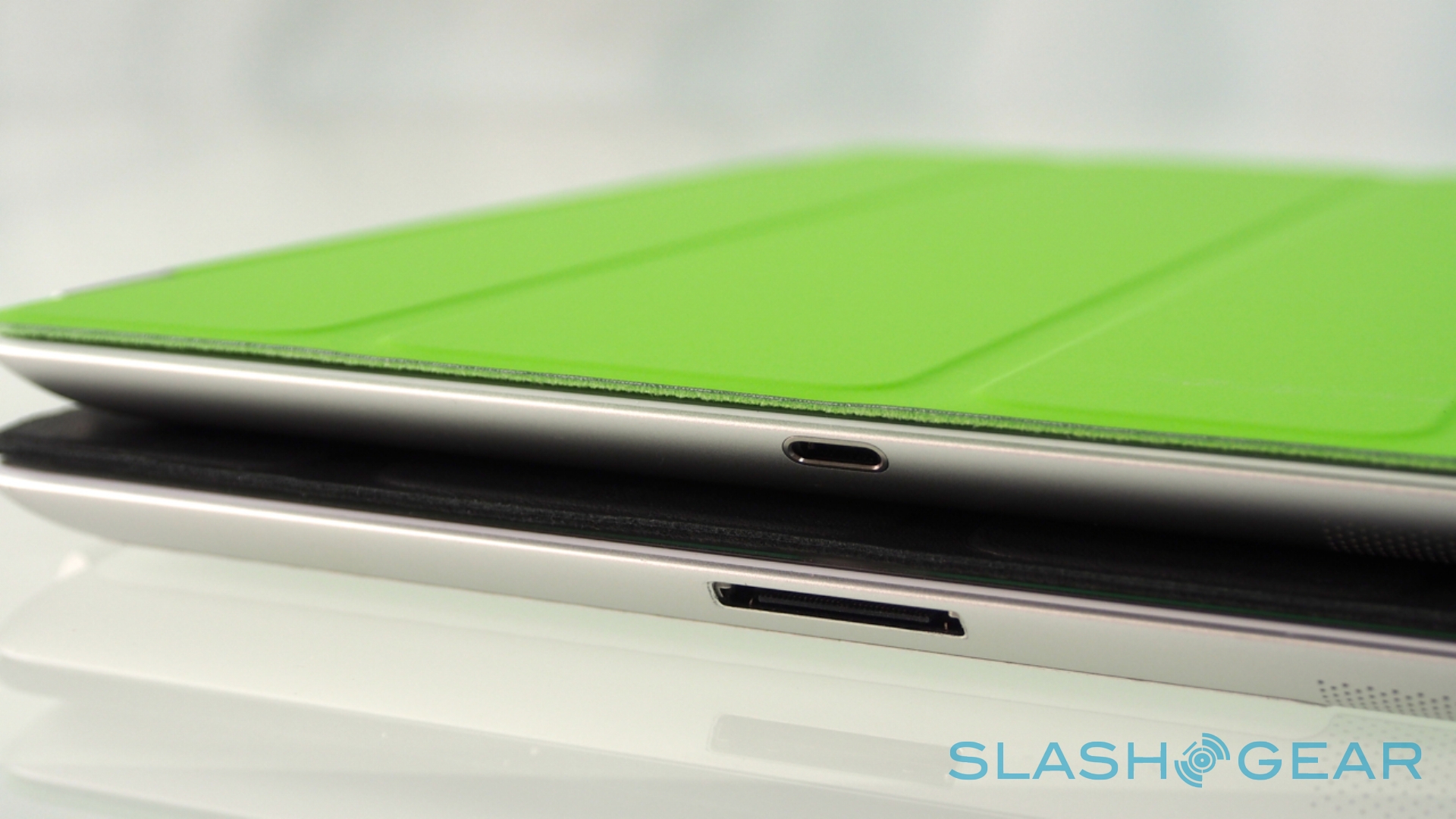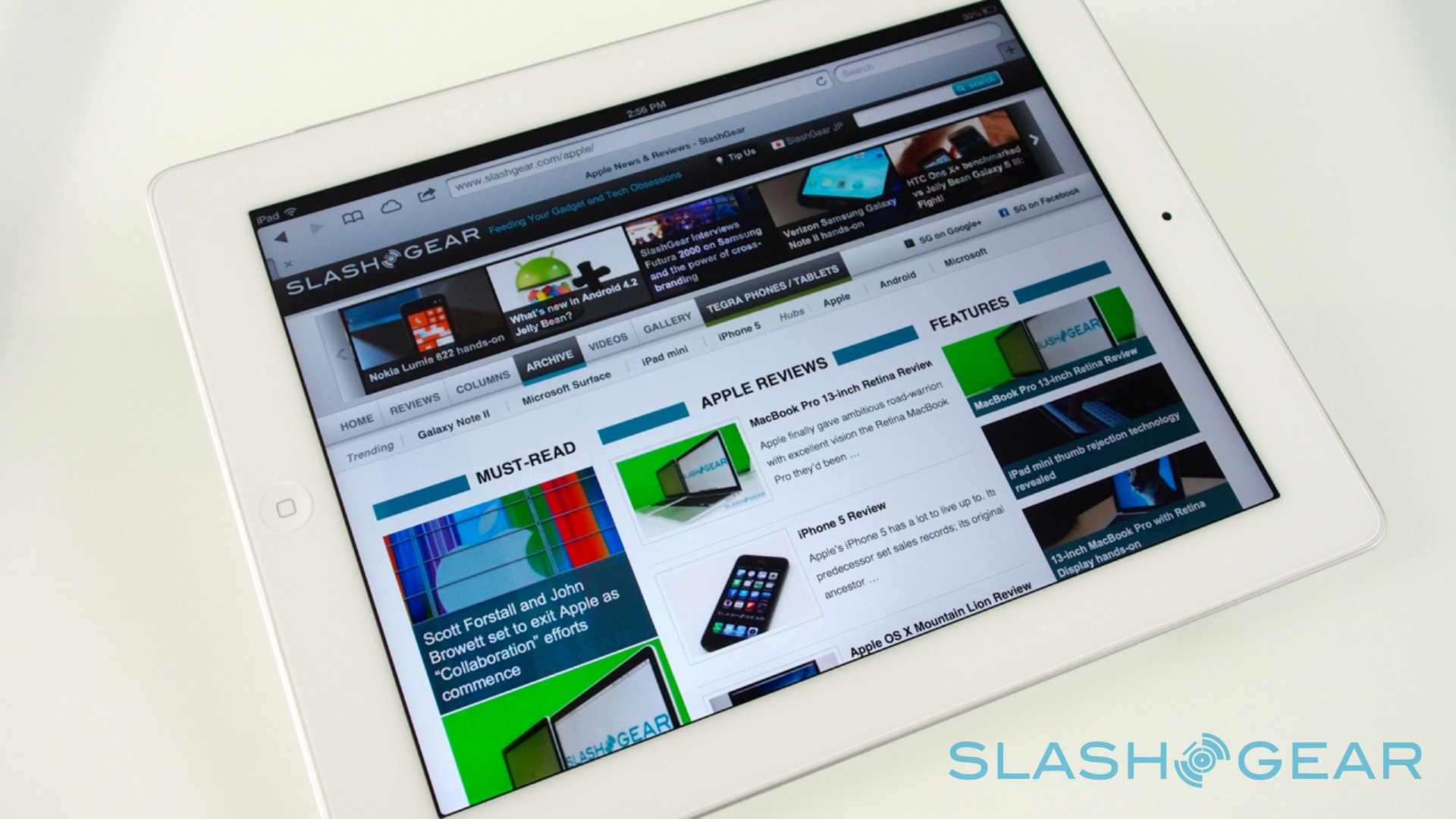iPad Review (4th Gen): Big Tablet, Bigger Speed
Apple's new iPad with Retina display played a bit-role at the iPad mini launch, presenting a familiar face to the crowd and packing a potent new chipset inside. The 9.7-inch tablet has already cornered much of the market, with the late-2012 polish basically pushing the slate to the pinnacle of Apple's processor development, and outfitting it with a Lightning connector to match the iPhone 5. Read on for our full review.
Hardware
You have to look closely to spot the differences between the third-generation iPad and this new fourth-generation model. In fact, from all angles but the very bottom, it's the same as before: the only outward difference is that the old, 30-pin Dock Connector has been replaced with the new Lightning port as on the iPhone 5 and latest iPods.

That means compatibility with new accessories moving forward, but not with any old docks or gizmos you might have already bought for previous iOS devices. iPad docks are less common than those for iPhone or iPod touch, though there are still some out there, but Apple is shifting to prioritize AirPlay for streaming audio and video and you'll need a $29 adapter if you want to use your old, 30-pin add-ons.

Inside, though, it's a different matter. Apple has thrown out the A5X chipset and replaced it with a new, A6X version, which the company says is it's fastest yet. On paper, it's up to twice as fast as the A5X, in both graphics and CPU, as well as including updated image processing technology for better results from the iPad's 5-megapixel camera.
That's the same camera as before, but the front facing iSight gets an HD update, stepping up from VGA resolution to 1.2-megapixels and now capable of 720p video. The Wi-Fi also gets a polish, supporting dual-band 802.11n (2.4GHz and 5GHz) for better range and speed with compatible wireless routers.

Overall, though, it's the same slick tablet we've seen before. You still get the beautifully crisp, bright, and responsive Retina display, sturdy construction with glass and aluminum sandwiched together neatly, and the same three options for storage: 16GB, 32GB, and 64GB.
Software and Performance
With iOS 6 being pushed out this summer to update the third-gen iPad, it's no surprise that the iPad with Retina Display runs the same. That means you get all of the usual apps and services – Safari, Apple Maps, Messages, Game Center, the App Store, Siri, and more – it's just that they're running on a faster processor.

Day to day, there's not a significant difference in usability. By its third generation, the iPad was already smooth and showed little in the way of lag, and that same polish is evident here on the A6X powered model. There isn't the obvious swell in performance that we've seen before in, say, stepping from the first-gen iPad to the second, however.
That doesn't mean the power isn't there, of course. In Geekbench, which benchmarks processor and memory performance, the 1.4GHz A6X iPad scored 1,768, more than double the A5X iPad's score of 751. By way of comparison, the iPhone 5 – with its A6 chip – scored 1,616, while the iPad mini, which uses the same A5 chip as in the iPad 2, scores 757.
One place you do get a useful boost is in the browser. We turned to the SunSpider test of JavaScript performance, and were mighty impressed by the iPad 4th-gen's score of 879.2ms (faster is better); that's near desktop browser level (286.1ms on MacBoook Pro 13" Retina core i5), and a significant leap ahead of the iPad 3rd-gen's score of 1,688.9ms.
We then looked to iMovie HD video processing, which is a solid test of CPU and GPU performance. Apple has gradually massaged the video crunching workflow with each generation of iPad, to balance speed and video quality, and the output from the latest model is the best – to our eyes – so far.

In terms of raw speed, the iPad 4th-gen crunched through a 1 minute 720p video in 48.1 seconds and a 1 minute 1080p video in 51.3 seconds. In contrast, the iPad 3rd-gen managed a 1 minute 720p video in 45.0 seconds and a 1 minute 1080p video in 48.2 seconds.
The updated processing abilities became something of an advantage for the iPad 4th-gen when dealing with longer videos, however: a 5 minute 720p clip processed in 3 minutes 57 seconds and a 1080p version in 4 minutes 17 seconds. The iPad 3rd-gen did its 5-minute 720p video in 3 minutes 40 seconds, and its 1080p version in 4 minutes 56 seconds.
With the iPad with Retina, there's the sense that you're paying for potential. The current level of apps simply don't take advantage of the improved chipset – save, perhaps, the browser – but you're getting the newest connector and the reassurance that your tablet will keep up with whatever App Store developers throw at it over the coming months.
Battery
Apple promises the same 10hrs of browsing, media playback, or music over Wi-Fi from the newest iPad with Retina display, or up to nine hours if you're doing that over a cellular data connection. In practice, we saw no difference from our iPad 3: that is, in excess of 10hrs of general use from a full charge, suggesting there's no real penalty for opting for the A6X chipset.
Wrap-up
The third-generation iPad arguably didn't need refreshing; in fact, if Apple hadn't opted to change to Lightning, it could realistically have held off changing its largest tablet until early 2013, as per its typical yearly refresh cycle. That makes for a reasonably straightforward upgrade decision if you're a 3rd-gen iPad owner. Unless you're desperate for Lightning – perhaps you've also got an iPhone 5, and want to use all the same accessories rather than buy the adapter dongle – then we're yet to see apps that really demand the potent A6X chipset.

On the other hand, it widens the distance between the iPad 2 – which remains on sale as the "budget" full-sized iPad – and the iPad with Retina display. Tomorrow's battle is the decision between the speed and glorious graphics of the iPad with Retina display, or the portability and convenience of the iPad mini. The incredible, high-resolution screen was already enough to justify the $100 premium over the iPad 2 to our mind; the future-proofing of the speed increase (and the new iPad mini, undercutting the iPad 2 by $70) is simply the coup de grâce.

